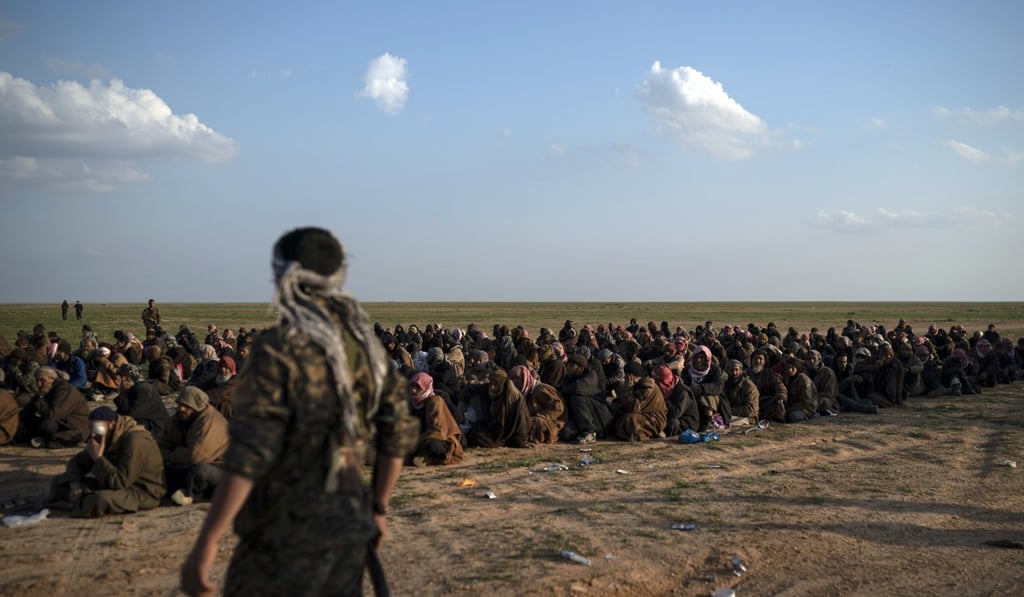Advertisement
Asian Angle | What do Asia’s returning Isis fighters do next? You’re about to find out
- With new terror plots emerging and a rising threat from militant women and children, the fight against Islamic State is entering a chilling new stage
- One year after the fall of the terror group’s last stronghold of Baghouz, the fate of hundreds of Southeast Asian fighters remains unknown
Reading Time:3 minutes
Why you can trust SCMP
0

Nearly one year after the fall of Baghouz, the last remaining stronghold in the territorial caliphate of Islamic State (Isis), there is still widespread uncertainty about the fate of hundreds of foreign fighters from Southeast Asia.
More than 1,000 people from the Philippines, Indonesia and Malaysia travelled abroad to fight with Isis and other militant groups, and dozens have already returned home. Around 700 Indonesians and 65 Malaysians are held in Syrian Democratic Forces (SDF) prisons or camps in northern Syria. If the SDF loses control of the camps and prisons as a result of growing instability, especially stemming from conflict with Turkey, the militants could escape. In October last year, around 50 Isis-linked fighters from Indonesia escaped SDF custody.
Returning fighters could potentially access militant networks in Southeast Asia. Some regional jihadist groups have pledged allegiance to Isis, including Jamaah Ansharut Daulah in Indonesia, and both the Maute Group and the Basilan faction of the Abu Sayyaf Group in the Philippines. Indonesian fighters have reportedly travelled from Syria and Iraq to join Isis-Khorasan in Afghanistan.

Numerous return routes and methods are available to fighters attempting to evade detection when returning to Southeast Asia. Turkey is a likely exit point from Syria, as suggested by its geographic proximity and the routes used by European returnees. Thailand could serve as an entry point into Malaysia and the broader region. Malaysia has struggled to secure this border, and returnees might try to exploit smuggling routes previously used by local terrorist cells. Attempts to evade detection when re-entering Southeast Asia might also include blending in with refugee and migrant flows.
If militants successfully reach Southeast Asia, they may be able to exploit illicit transit routes and porous borders that facilitate movement of people and goods between Indonesia, Malaysia and the Philippines around the Sulu and Celebes Seas. Movement could be facilitated by false identification, with fighters able to acquire fake identification documents in Malaysia; Sabah, in particular, is a hub for such activity.
Advertisement

